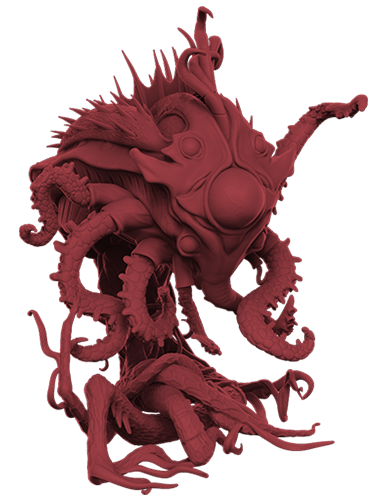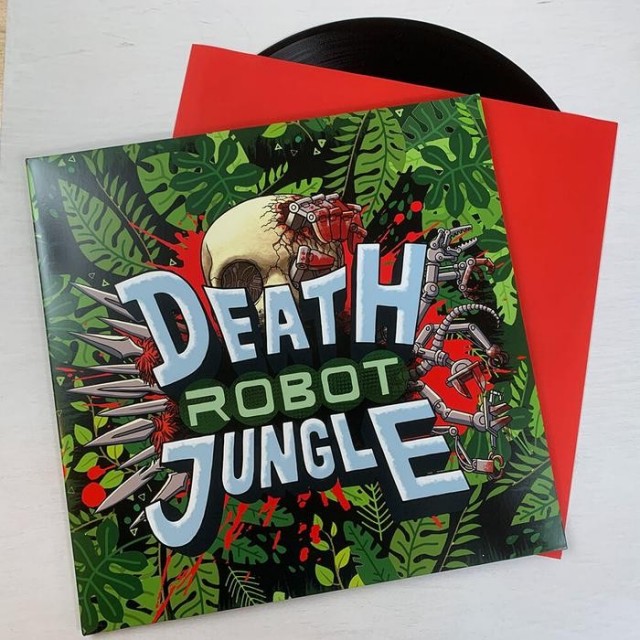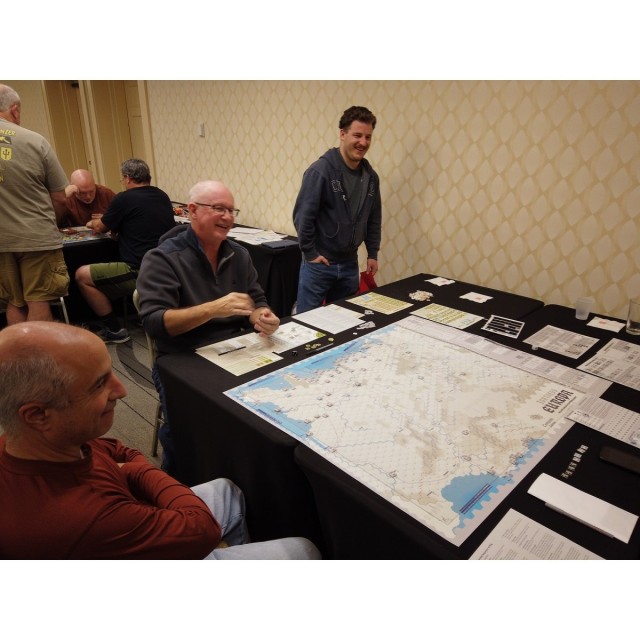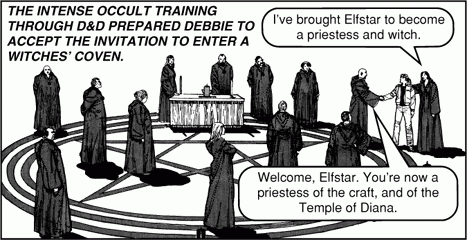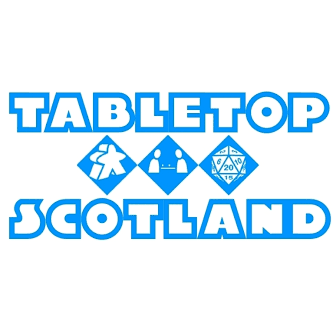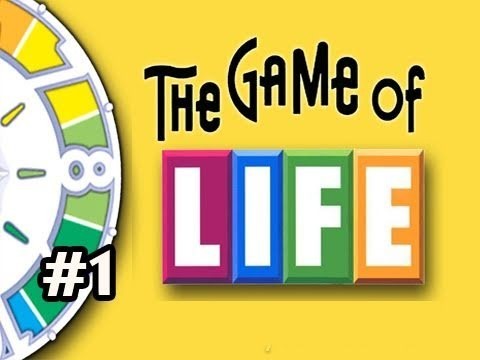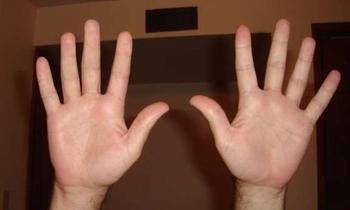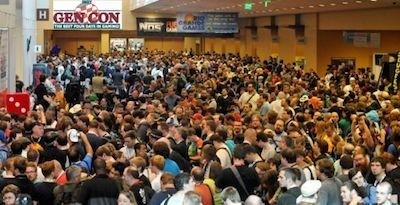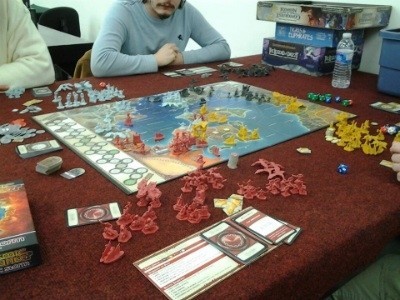I have over 3000 games, which is kind of a terrifying sight in person. They take up a renovated 2 car garage, and the unholy rate at which they grew expanded exponentially.
Especially as game boxes started getting larger and more frequent. (I fully believe that FFG keeps delaying Reins of Power because they are negotiating with the Post Office for new zip codes for each copy.) Production values and artwork are simply amazing, and large swatches of color adorn the shelves.
Then I walk past a tiny filing cabinet with two drawers marked BGB1 and BGB2. The identifiers stand for Bagged Game Box 1 and 2, and they each contain about 100 games. In Ziplocks (that used to be in boxes, thus the name.)
This tiny chunk is where Ameritrash gaming began. The tiny hobby games from the 70's, put out by one and two man shops. Popping open these drawers is like looking into an entirely different world.
There are some pretty iconic games hiding in there. Dungeonquest had several forebears called Deathmaze/Citadel of Doom by SPI, as well as a handful of similar games from Fantasy Games Unlimited.
Every fantasy skirmish game owes a bit to Valkenburg Castle and the Lords of Underearth. These tiny little games cost less than $5 (and most of the Metagaming titles came in at $2 or $3). And there is the classic Creature that Ate Sheboygan (SPI)---which is still the best giant monster game ever made.
Expectations for what you got in a game were much lower. These games consisted almost universally of a 17x22 map, 100-200 counters. (Often not diecut. Often not in color). Ares and Dragon included full games (Awful Green Things?) in magazines.
There are a LOT of one or two shot publishers as well. If you were making a card game, it was entirely viable to photocopy your cards (b/w!) onto cardstock and expect the purchaser to cut them out.
When you went back to how you GOT these games, you invariably ran across the name Gamescience. Gamescience was one of the first hobby game distributors, run by Lou Zocchi in Mississippi. Gamescience catalogs were infrequently published, and contained tiny text descriptions of things. Gamescience also did a line of their own products, covered in the same tiny typewritten script, and minimalist components. Any extra page or block of space in the rules are covered with pages of other things to order--almost reminding one of a Dr. Bronner's Soap label.
The games are mostly not terribly original in terms of rules. They are almost exclusively small scale 2 player wargames, or very simple "Take That" card games. The most experimental stuff came out of SPI's Ares magazine. There were a few solitaire games (Return of the Stainless Steel Rat, the two Pandora games) as well as a couple of classic fantasy multiplayer wargames (Barbarian Kings, Albion).
The format effectively died with SPI. Cheapass started a brief resurgence a few years back, but it seems as if the ziplock is almost entirely dead. There are a couple of wargame companies that produce ziplock games, but even the wargamers are starting to succumb to the lure of mounted boards and boxes. Phil Eklund was perhaps the last holdout, but Origins is clearly a new publishing direction for his weird sociological fetishes.
The indy scene is at least still around, because PDF's can be slung around the net with ease. I don't think anyone ever plays them compared to the ziplock games. The setup on a PDF game is still pretty significant, and even with the minimal components, most of the old bagged games could still be set up in a few minutes.
I'm not entirely certain why things changed so quickly. I think the rise of D&D into a pop culture phenomenon lured people to try and go for mainstream acceptance. It does strike me that the final death knell for the old hobby industry was Costikyan's design for Willow the board game, which was sold in bookstores. Games got prettier, simpler, and charts and CRT's became absolute no-no's. And we never looked back.
I do sometimes wonder what we've lost over the years. The barrier for entry into the traditional hobby industry is now a nearly unassailable wall. Minimum entry fee is about $30K, and the folks who try with that smallish amount of money are probably setting themselves up for failure. The larger companies can generally make more money by reissuing and recycling, and so the impetus to make new things is rather less. (See: Avalon Hill / WOTC for the past two years. And for all the nice things we say about FFG, look at the number of licensed products, and iterations of Wings of War they are starting to cycle.)
It worries me. And sadly, I have to walk past the reminder of all this at least twice a day. That little BGB filing cabinet.
 Games
Games How to resolve AdBlock issue?
How to resolve AdBlock issue? 

